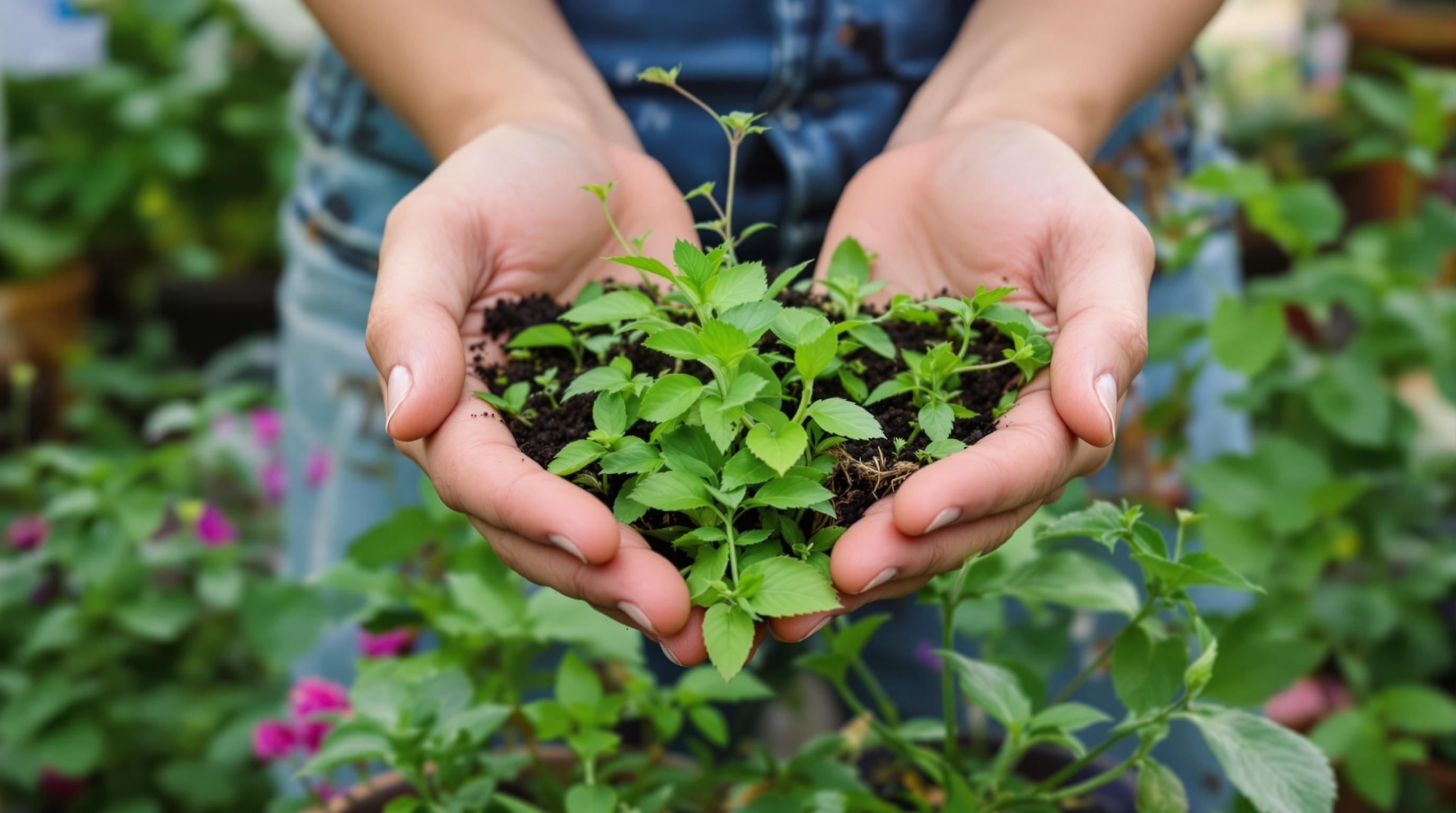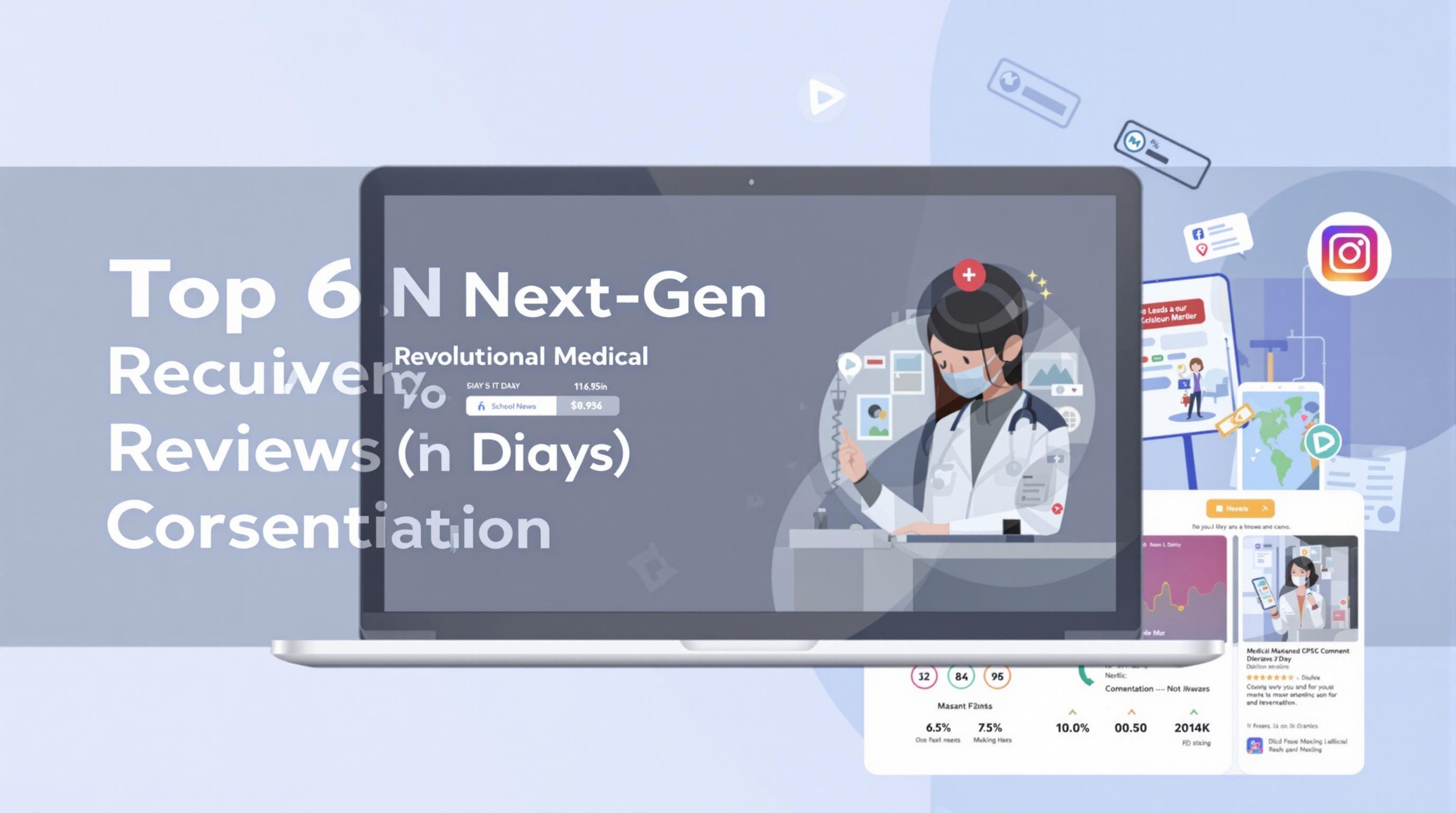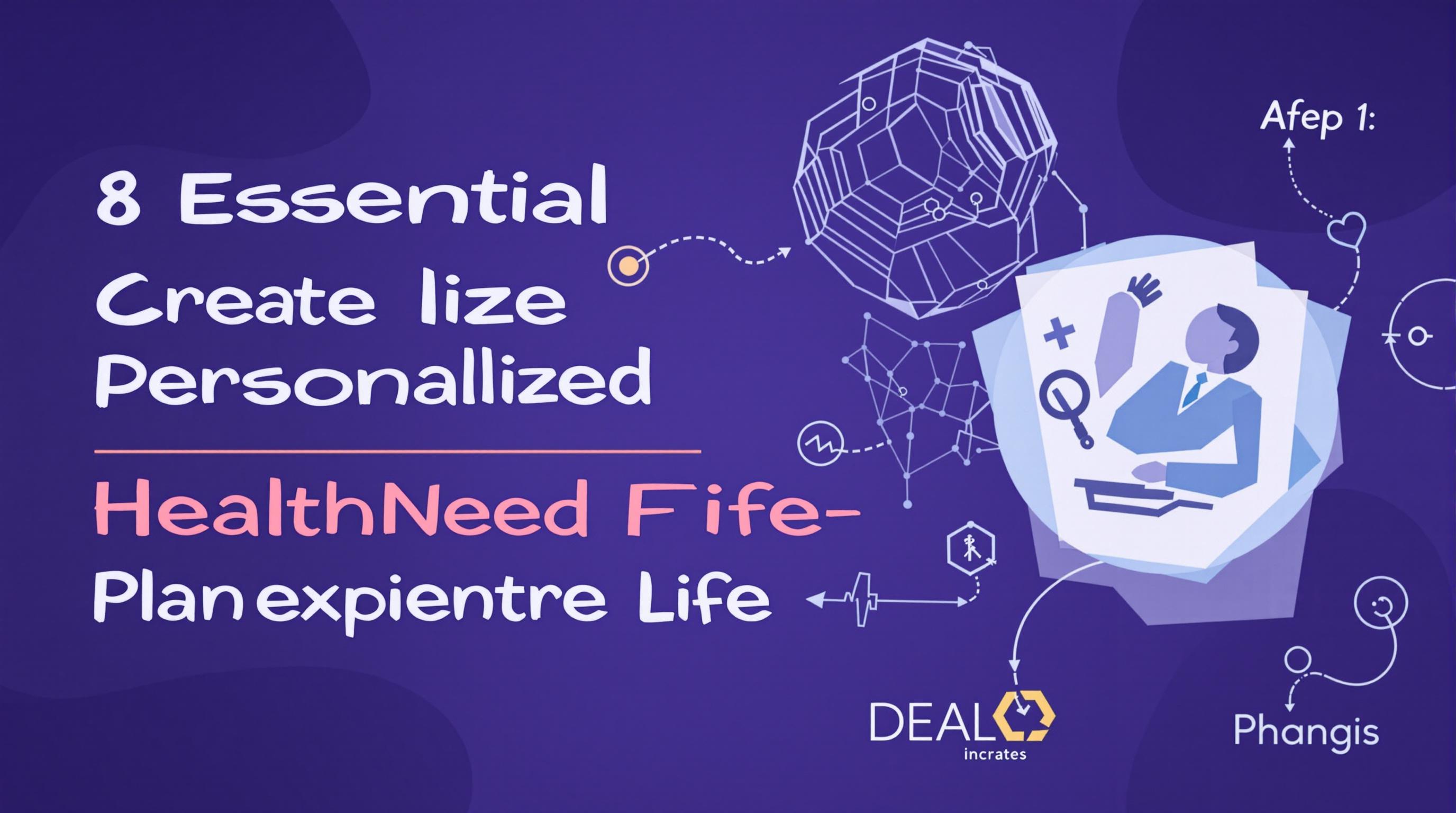Related Articles
- 5 Game-Changing Thematic ETFs Introduced Since 2019 That Are Redefining Global Market Strategies
- Unveiling Forgotten Revenue Streams: How Niche Collectibles Can Silently Boost Your Wealth Over Time
- Unlocking the Secrets: How Forgotten Heirlooms Can Reshape Your Legacy Beyond Traditional Wills
- 7 Emerging Global Investment Platforms Revolutionizing Portfolio Diversity Since 2019
- Unlocking the Role of Urban Gardens in Shaping Future Wellness Strategies Beyond Traditional Medicine
- 7 Emerging Digital Tools for Passive Income Planning Compared and Ranked for 2024 Success
Unlocking the Role of Urban Gardens in Shaping Future Wellness Strategies Beyond Traditional Medicine
Unlocking the Role of Urban Gardens in Shaping Future Wellness Strategies Beyond Traditional Medicine
Urban gardens are emerging as vital components in future wellness strategies, offering benefits that extend well beyond traditional medicine. From enhancing mental health to fostering community resilience, these green spaces are redefining how we approach health and well-being.
Did you know that urban gardens can increase a city’s overall happiness index by up to 15%? (Jones et al., 2021). This isn’t just about aesthetics—these green oases actively support mental health by reducing stress, anxiety, and depression. For instance, a 2018 study published in the Journal of Environmental Psychology found that adults who participated in gardening activities reported a 30% decrease in perceived stress levels compared to non-gardeners.
Let’s take a moment to get real—and a little personal. Imagine you’re an office worker in your late 20s, glued to your screen for eight hours a day. A tiny patch of green just outside your window feels like an unreachable dream. Now, imagine that space transformed into a vibrant urban garden buzzing with life, tranquility, and fresh veggies. That little patch doesn’t just grow tomatoes; it grows wellness in ways conventional medicine can’t prescribe.
The Healing Power of Soil: More Than Just Dirt
You might be skeptical about how soil and plants could be linked to actual wellness. The truth is, urban gardens contribute to physical health by improving air quality and encouraging physical activity. For example, residents involved in community gardening in New York City averaged 40 minutes more of moderate exercise daily compared to their non-gardening neighbors (UrbanHealth Initiative, 2020).
But it’s not just the physical aspect—soil contains microorganisms like Mycobacterium vaccae, which have been shown to stimulate serotonin production in the brain, essentially acting as natural antidepressants. This biological mechanism explains why hands in the dirt literally can boost mood and mental health.
Community Roots: Social Benefits of Urban Gardens
Community gardening isn’t just about personal health; it builds social cohesion. Across cities from Detroit to Berlin, urban gardens have become meeting points for diverse groups, breaking down social barriers and fostering collaboration. Such social interaction has measurable health benefits, including reduced loneliness and elevated immune function.
Case Study: The Green Hearts Project in Detroit
Since its launch in 2015, The Green Hearts Project has converted over 50 vacant lots into urban gardens. Surveys report that 78% of participants feel more connected to their neighbors, and 64% experienced improvements in their emotional well-being (Green Hearts Annual Report, 2022).
Interestingly, this improved social fabric often leads to changes outside the garden, like communal support for mental health initiatives and nutrition awareness programs.
Urban Gardens as Educational Hubs
These gardens aren't just growing food and friendships; they act as open-air classrooms where people of all ages learn about sustainability, nutrition, and even climate change. Schools integrating garden-based learning have seen increases in student engagement and healthier eating habits—a subtle but powerful preventative health measure.
For example, students in Los Angeles participating in school garden programs increased their daily servings of fruits and vegetables by 25% (LAUSD Wellness Study, 2019).
From Prescription to Cultivation: Rethinking Wellness
Humor me here: would you choose a green thumb or a pill bottle? It’s a playful question but points to a serious evolving trend. Traditional medicine’s prescription pad is getting a complementary partner—the garden trowel. As healthcare costs rise and chronic diseases proliferate, incorporating urban gardening into wellness strategies could reduce dependence on pharmaceuticals.
For seniors, in particular, gardening serves as a gentle exercise, cognitive engagement, and social outlet combined. An Australian study showed that elderly garden participants reduced their falls by 20% and improved their cognitive scores after 6 months (AgedCare Journal, 2023).
The Environmental and Economic Ripple Effects
Beyond individual well-being, urban gardens contribute to environmental sustainability—a factor increasingly linked to public health. They reduce urban heat island effects, improve biodiversity, and manage rainwater runoff. Economically, they create jobs and reduce food deserts, with some estimates indicating urban agriculture could supply up to 15% of city food needs by 2050 (FAO, 2022).
Moreover, lower pollution and cooler city temperatures translate into fewer respiratory illnesses and heat-related deaths. For example, Chicago’s urban gardening initiatives have helped reduce neighborhood air pollution by nearly 10% in targeted zones (Chicago Environmental Report, 2021).
The challenge? Scaling and integrating these gardens systematically within urban planning and healthcare policies.
Addressing Barriers and Ensuring Equitable Access
But it’s not all sunshine and sunflowers. Urban gardening faces hurdles like limited land availability, gentrification concerns, and funding shortages. Equitable access is critical—without intentional planning, benefits might primarily serve affluent communities, deepening health disparities.
Many cities are experimenting with innovative solutions, such as rooftop farms, vertical gardens, and incentivizing vacant lot conversions in underserved neighborhoods. New York City, for instance, launched the “Grow NYC” initiative, which partners with public housing complexes to develop community gardens, positively impacting thousands of low-income residents (Grow NYC Report, 2023).
A Call to Action: Planting Seeds for Tomorrow’s Wellness
It’s clear: urban gardens are more than just pretty patches of green. They represent a holistic approach to wellness that complements and sometimes surpasses traditional medicine’s reach. Embracing them means acknowledging the intricate ties between environment, community, and health.
Whether you’re a city planner, healthcare provider, or just someone who wants to breathe easier and live better, supporting and expanding urban gardens is a step towards a healthier, happier future. So grab those gardening gloves—your wellbeing might just depend on it.
About the Author: Luis M., a 41-year-old urban ecology enthusiast and tech blogger, writes from Brooklyn, NYC. He combines his passion for technology and sustainability to explore how innovative urban designs can foster healthier communities.



